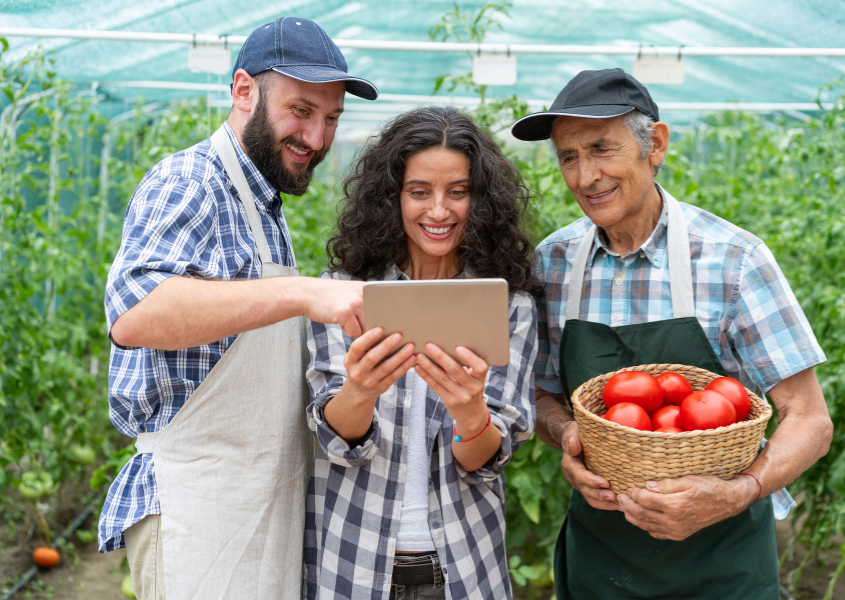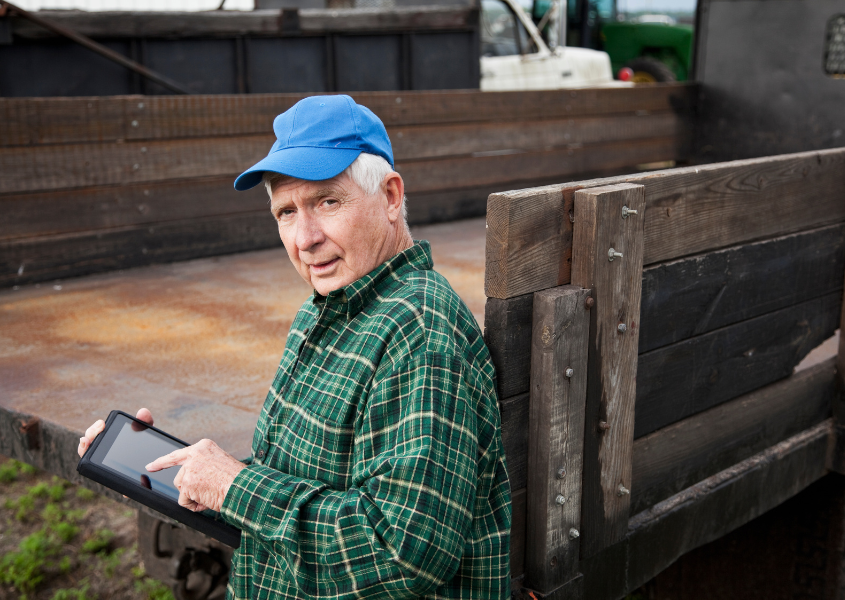While technology has transformed much of modern agriculture, many tasks still require dedicated time and effort. What if you could simplify your day-to-day operations with a digital assistant tailored to your needs? That’s where ChatGPT comes in.
What is ChatGPT?
ChatGPT is an advanced artificial intelligence (AI) language model designed to understand and generate human-like conversation. Essentially, it serves as your personal assistant, specialising in writing tasks, helping you create, rephrase, and review content — all through an easy chat interface.
Whether you need to generate content for crop rotation plans, summarise reports, or draft emails, ChatGPT is available 24/7, at no cost.
Why Farmers Should Use ChatGPT as Digital Assistant
Farmers often juggle crops, livestock, and paperwork, leaving little time for detailed writing tasks. ChatGPT acts as a virtual administrative assistant, significantly enhancing your content creation capabilities. It can help draft emails, rephrase content, summarise documents, and generate new ideas quickly. By providing instant access to information on topics like crop rotation or soil health, ChatGPT saves hours of research, streamlining your workflow and allowing you to focus on what truly matters.
How to Use ChatGPT in Your Farming Operations
Getting started with ChatGPT is straightforward. Just sign up for a free account, and you’re ready to begin. Here are some ways this digital assistant can enhance your farm operations:

1. Generate: ChatGPT can create both generic and specific content, saving you time and ensuring consistency.
- Generate Content: If you need a detailed crop rotation plan based on your soil’s health and local climate conditions, ChatGPT can create it in seconds. Just provide some basic information, and it will suggest strategies tailored to your farm.
- Generate Q&A: Use it to answer frequently asked questions from your farm workers or suppliers, saving you the hassle of drafting responses from scratch.
2. Rephrase: ChatGPT can enhance your existing content for clarity and tone.
- Rephrase Text: Unsure about the tone of a message to suppliers? Simply use “Rephrase:” followed by your draft, and ChatGPT will offer a clearer, polished version.
- Improve: For reports or emails that need refining, ChatGPT can “Improve” them, making your communications more professional.
- Shorten and Lengthen: ChatGPT can help adjust content length, making it concise or more detailed based on your needs, perfect for busy partners or comprehensive training manuals.
- Summarise: Quickly summarise lengthy documents, extracting key points in a fraction of the time.
3. Review: ChatGPT serves as a virtual proofreader to ensure your communications are clear and error-free.
- Check Grammar and Structure: Improve the clarity and flow of your writing, ensuring it is polished and easy to understand.
- Check Data Flow: Ensure complex documents like manuals and proposals are logical and straightforward.
Overcoming Challenges with Your Farm’s Digital Assistant
It’s important to remember that ChatGPT, like any tool, has its limitations. It may not always have the latest agricultural data or insights. However, it’s an excellent starting point for research and problem-solving. Always verify critical information, especially regarding crop treatments, pesticides, or significant financial decisions.
Technology on Your Farm – The Future is Now
As the farming industry evolves, integrating AI tools like ChatGPT can be a game-changer. While it cannot manage routine tasks, it can help you make faster progress on writing tasks, brainstorming ideas, and planning if you provide sufficient context. By allowing you to go from almost nothing to 60% of your content quickly, you can then customise it further with your expertise. Think of ChatGPT as an electricity-like tool: once used for limited purposes, it now powers diverse applications in our daily lives.
For our clients, we offer a 20-minute course and a 45-minute Workshop Webinar on using ChatGPT in farming operations via our learning portal. These practical, hands-on resources are designed to help you leverage ChatGPT quickly and effectively. Share them with your admin or managerial team to optimise processes and boost farm performance.
Additionally, we’ve created the Ultimate Freedom Checklist, specifically for farm owners and managers looking to optimise daily operations and reduce their workload. This checklist provides actionable steps to enhance farm productivity and improve work-life balance. Download the checklist here.
If you found this article helpful, share it with your network to help others unlock their farming potential. Don’t forget to like and follow us on social media for more insightful tips: Facebook, Instagram, and LinkedIn. Let’s empower more farmers together!

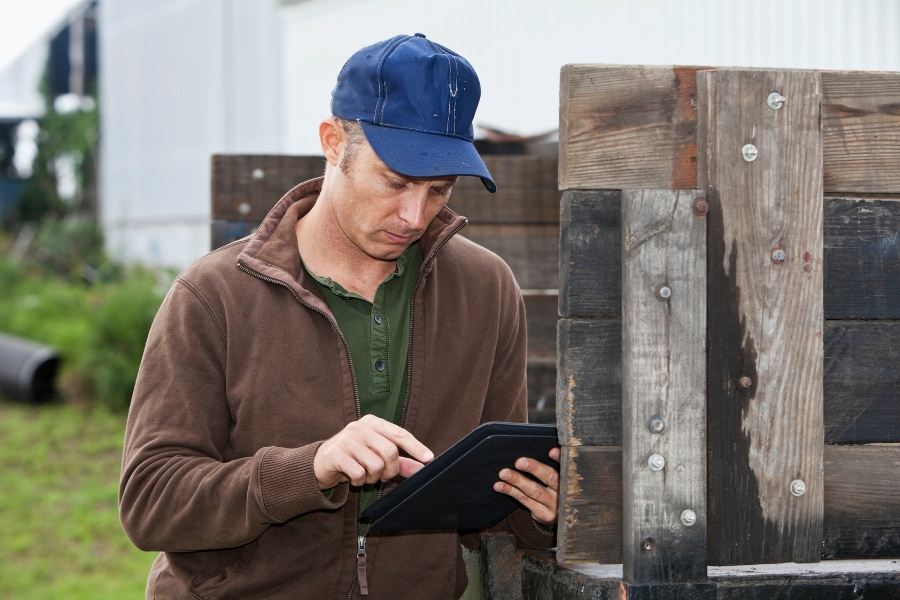 Enable Ag
Enable Ag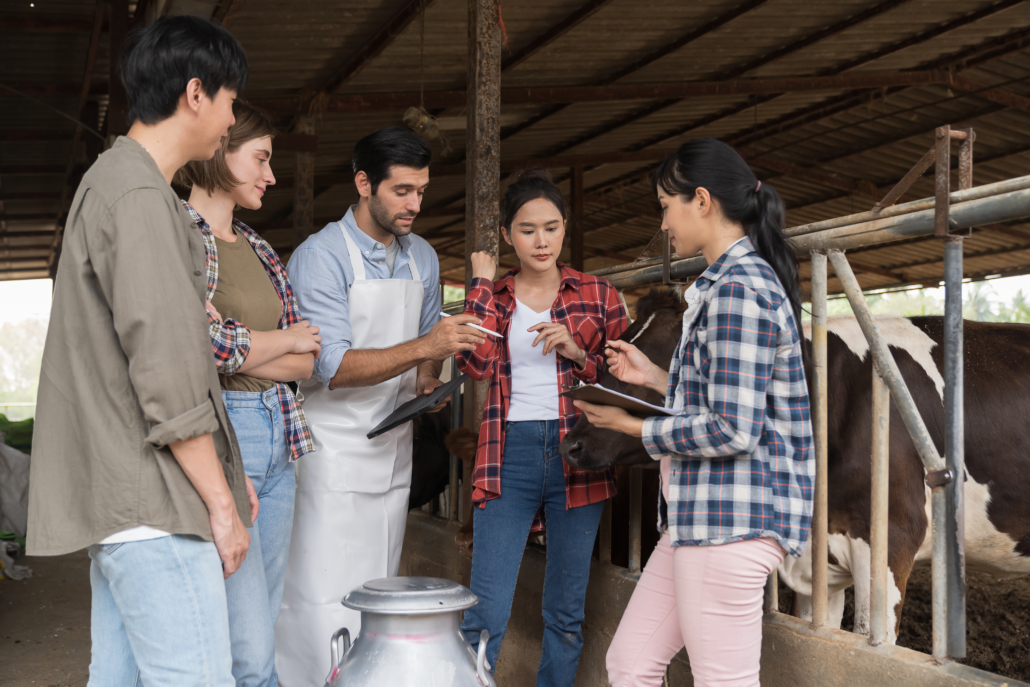 Enable Ag
Enable Ag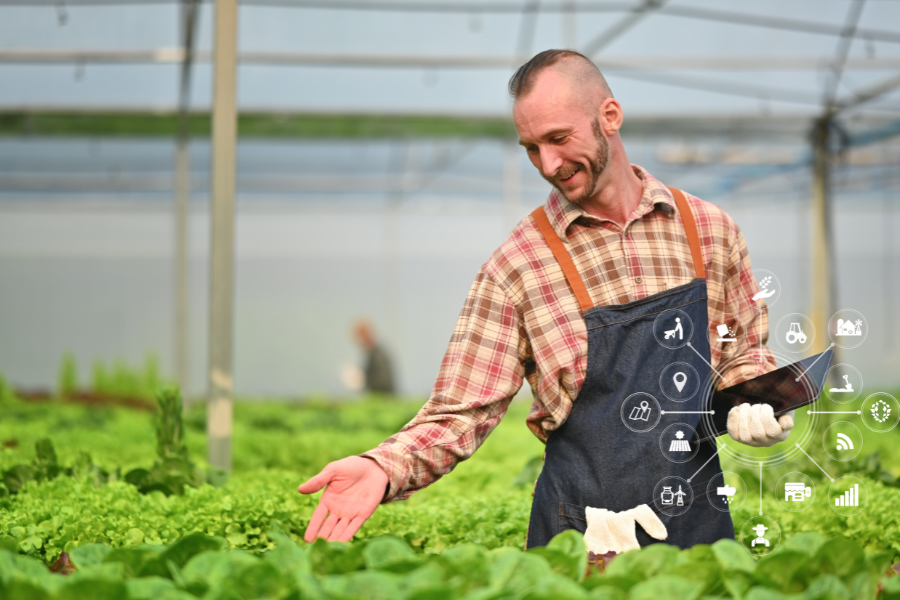 Enable Ag
Enable Ag